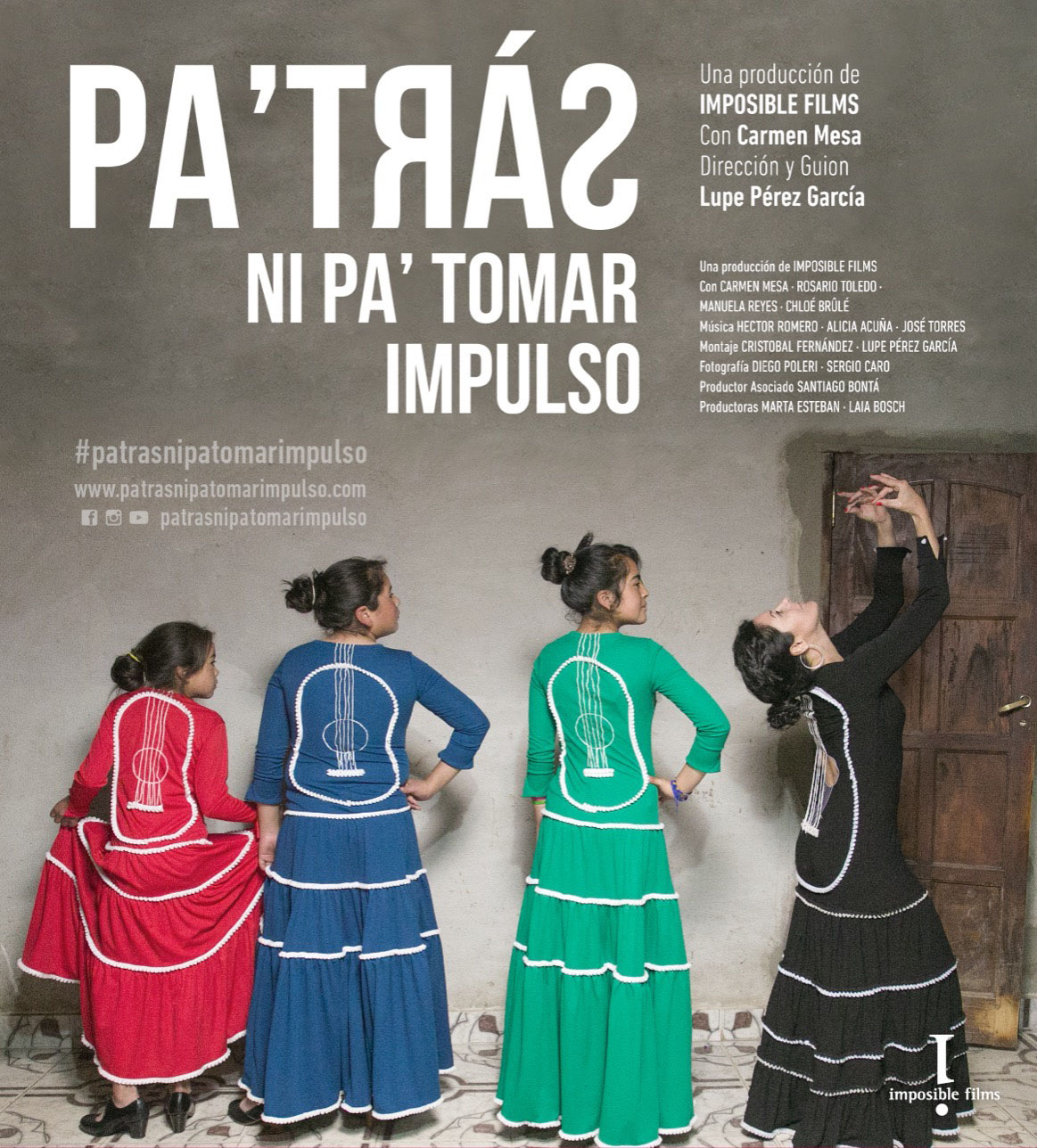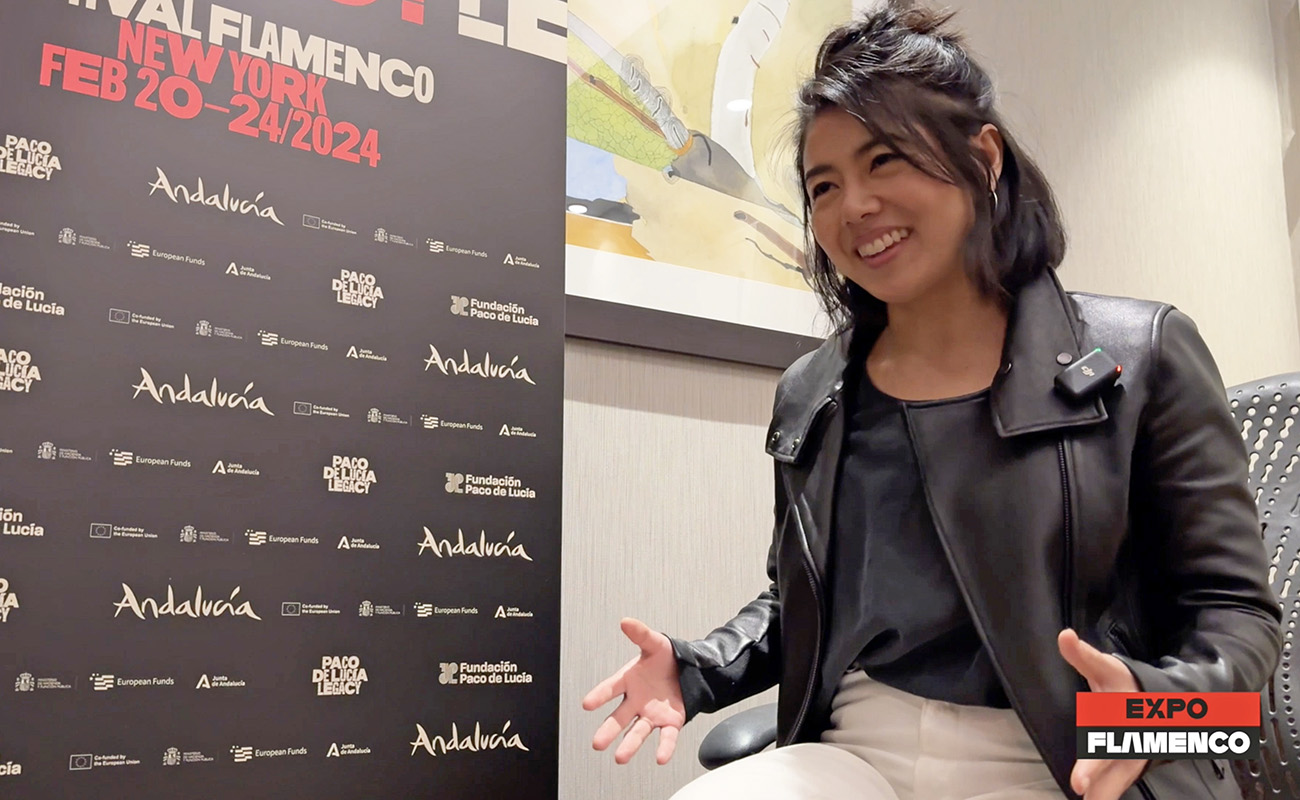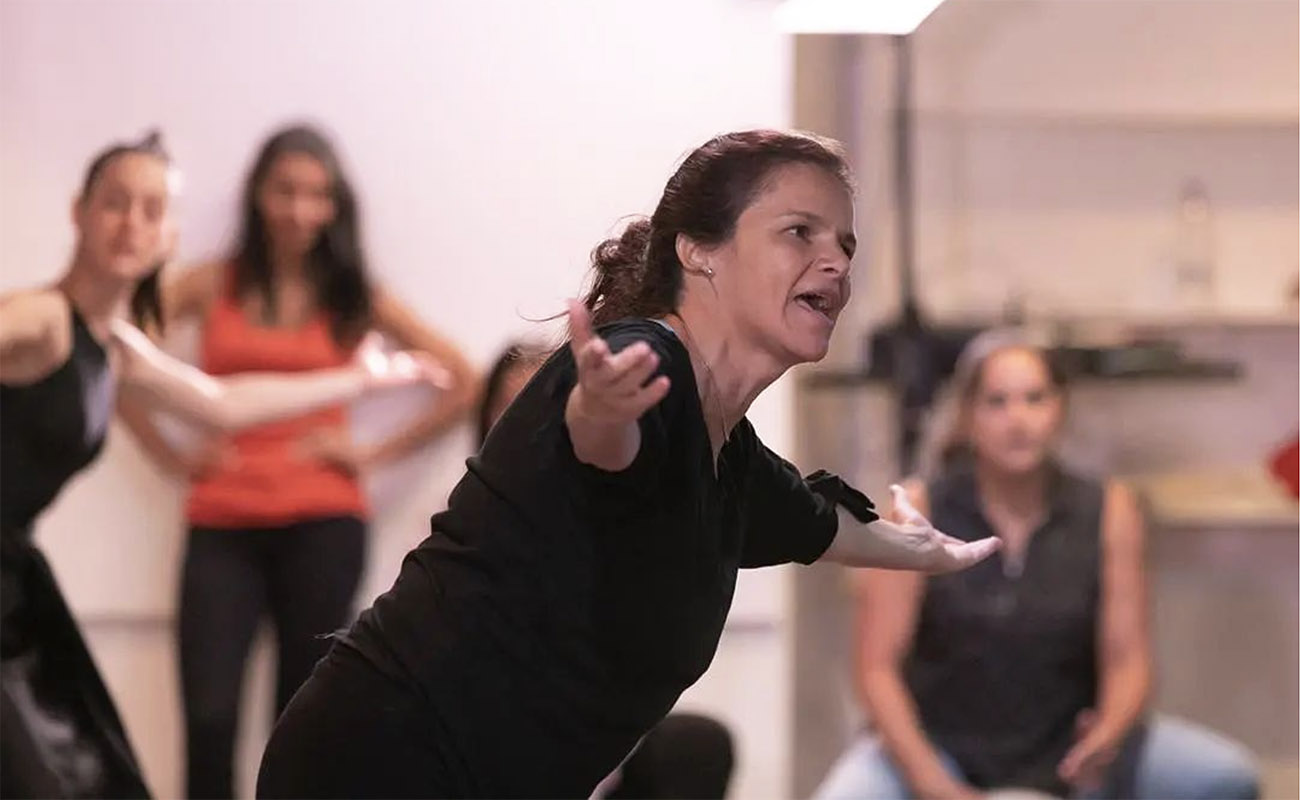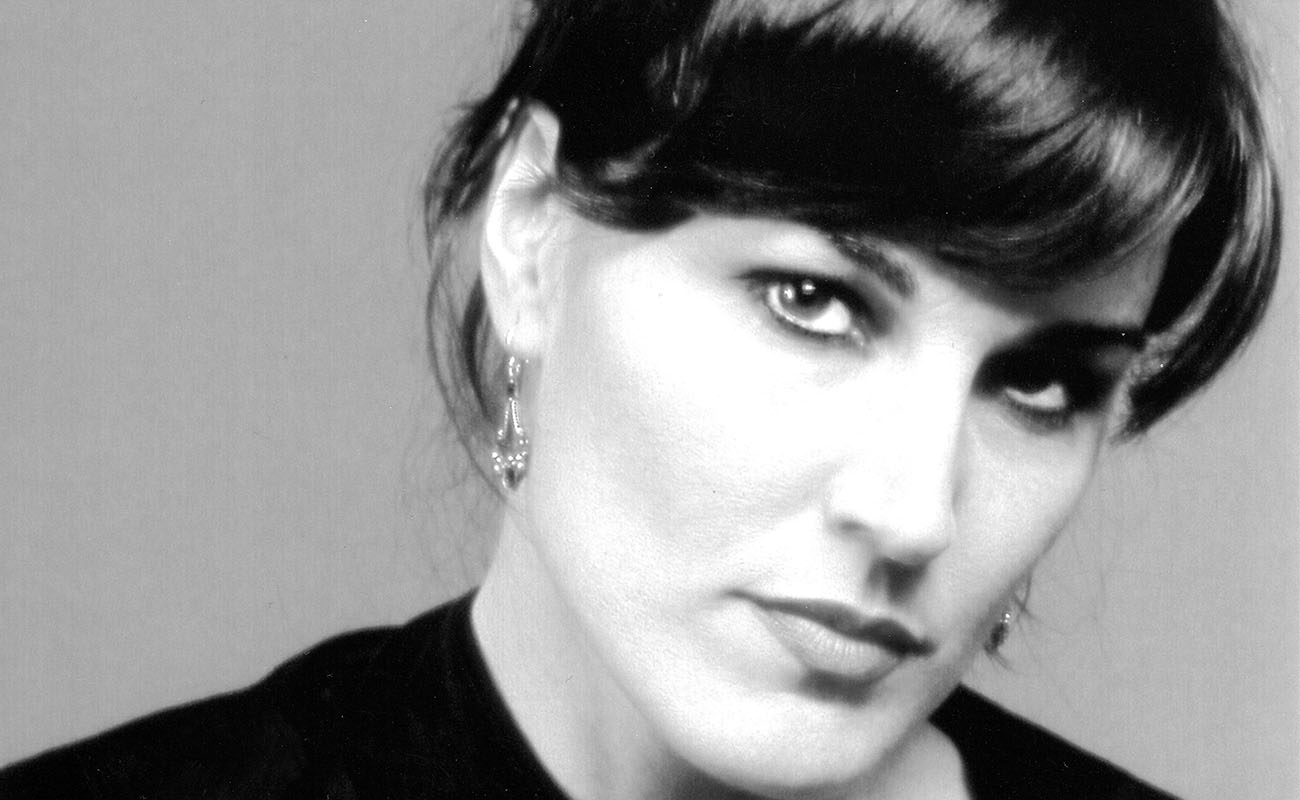Carmen Mesa: «In Buenos Aires you see flamenco artists who could be either Spanish or Argentinian, it is impossible to tell»
The dancer from Córdoba, who works as a flamenco teacher in Argentina, stars in the documentary 'Pa'trás ni pa'tomar impulso' (Never Look Back), currently being shown at the Jerez Flamenco and Ethnographic Film Festival. “Wherever you are, you must be true to your beginnings and teachings" she tells me.
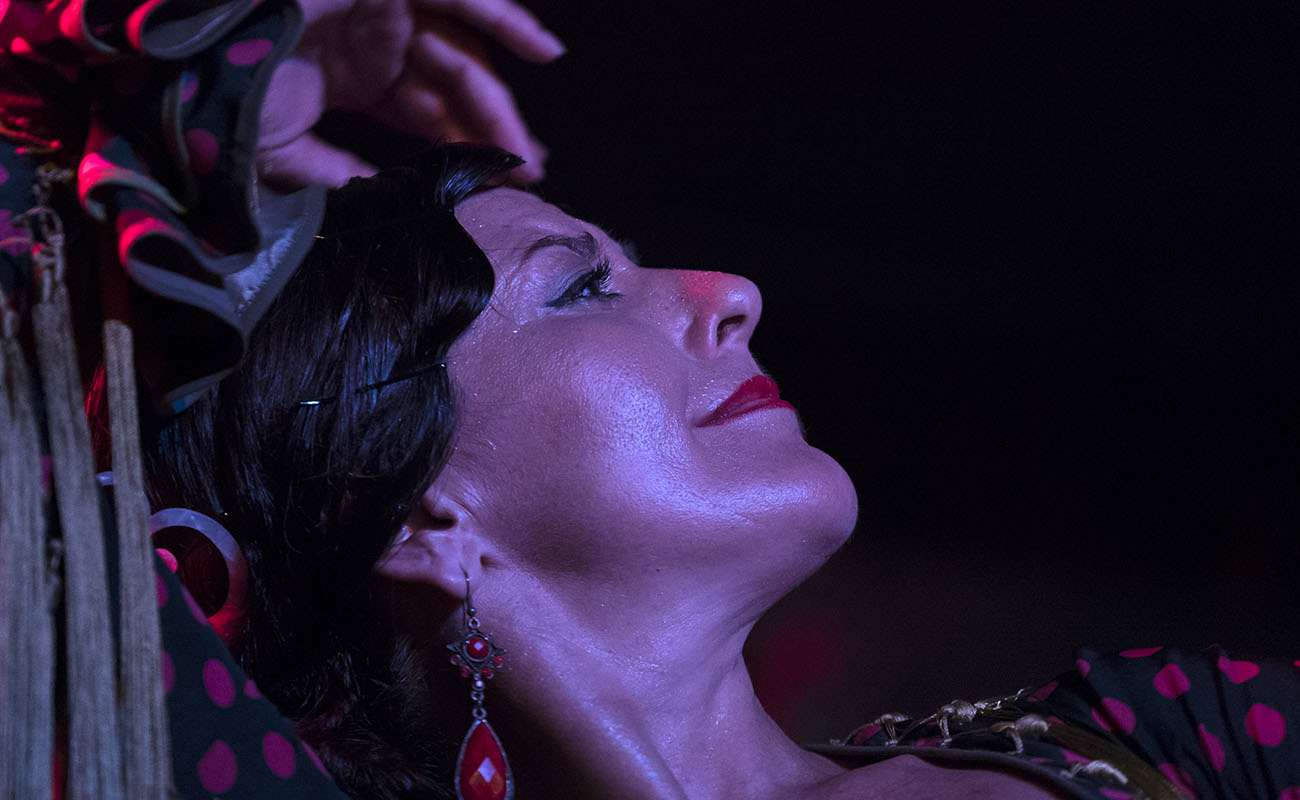
She was born in Encinas Reales, Córdoba. She has been a professional flamenco dancer for two decades. However, it is only now that we have really got to know her properly, as she stars in an intriguing documentary – Pa’trás ni pa’tomar impulso (Never Look Back) – which received eight nominations at the Goya 2021 Awards and is currently being shown at the Jerez Flamenco and Ethnographic Film Festival. The heart-rending tale of a bailaora who emigrated for love to the Argentine Andes, where she made her way by teaching flamenco classes. The story of Carmen Mesa, a flamenco artist without borders. “Latin American flamenco needs more publicity and for those who love this art form to honour it wherever they are,” she says.
– Introduce yourself to the flamenco fans, in case there is anyone out there who is yet to learn who Carmen Mesa is.
– My name is Carmen Mesa. I am a flamenco dancer, singer and actress. Andalusian, Cordoban by birth and artistically adopted by the cities of Seville and Buenos Aires (Argentina). Hija Predilecta* of my town, Encinas Reales, which is part of the Subbética Cordobesa. I have obtained prestigious awards, such as the Concurso Marbella Joven (2001) (The Marbella Youth Contest), Concurso Jóvenes Flamencos de Córdoba (2004) (The Young Flamencos of Córdoba contest), Concurso Nacional de Ronda (2006) (The National Contest of Ronda)… I perform my own artistic creations in different cities around the world and give flamenco dance seminars and workshops. I participate and collaborate with numerous artists and flamenco companies, and work in theatre, cinema and other disciplines. For a few years now, I have been carrying out community projects in which flamenco culture and indigenous populations come together. Art has no borders. Empower, root and rescue our cultures so that those borders may open up and transform into a cultural union of consciousness and identity.
– How did a bailaora from Cordoba, half Sevillian, end up settling down in Argentina?
– It was love that brought me over to these corners of the world. I was travelling back and forth between the continents and eventually ended up spending most of my time in Argentina as various opportunities to work with flamenco opened up for me. What struck me the most and what I felt that I had to get to know more about were the indigenous populations. I met Pepe Cielo, a producer, and he invited me to be part of a project called El cajón Vuela al Impenetrable (The Cajon Drum Returns to El Impenetrable), working with indigenous communities through art in the Chaco province of Argentina. I was coordinator of the artistic part of the Flamenqom project, in which we raised funds for the Qom people. Now, I am the artistic director of the Fundación Voces Argentina, whose objective is to raise awareness of the ancestral native culture and from there support the social, cultural and economic empowerment of the members of the El Impenetrable Chaco communities and other communities in the country. For me it has signified an artistic and, above all, human growth that I cannot ignore. I feel like this is my path.
“That’s the thing about flamenco, it’s universal. Anyone who knows how to take on and understand its essence can do it. Argentinians love our culture very much; we have the same blood running through our veins as this great nation”
– You are a flamenco dance teacher in Buenos Aires. Tell us about what it is like teaching this Andalusian dance in that part of the world.
– It is always very rewarding to share the knowledge that we acquire. The most beautiful feeling is knowing that there are people out there who want to listen and learn about what you have to teach them. There is a lot of love and respect for flamenco. Many Argentinian flamenco artists have a strong grasp of how to defend this great art, taking it to their home and making it their own. I feel an enormous sense of gratitude and respect, as we have been sharing our teachings for many years, and that’s what it’s all about: to grow high, you have to share big.
– How do you manage to convey the spirit of flamenco to people who have not grown up in that environment?
– I love teaching, and I try to do it with a great deal of care. Being a teacher is a great responsibility and I tend to side with those who believe that, often, less is more, as my great teachers used to say. I ensure that what we teach is real and reliable. The way in which you support and guide a person and their enthusiasm is very important if they are to grow to be the best they can be. I always try to emphasise how to communicate the story. The steps should be the means to convey a strong emotion.
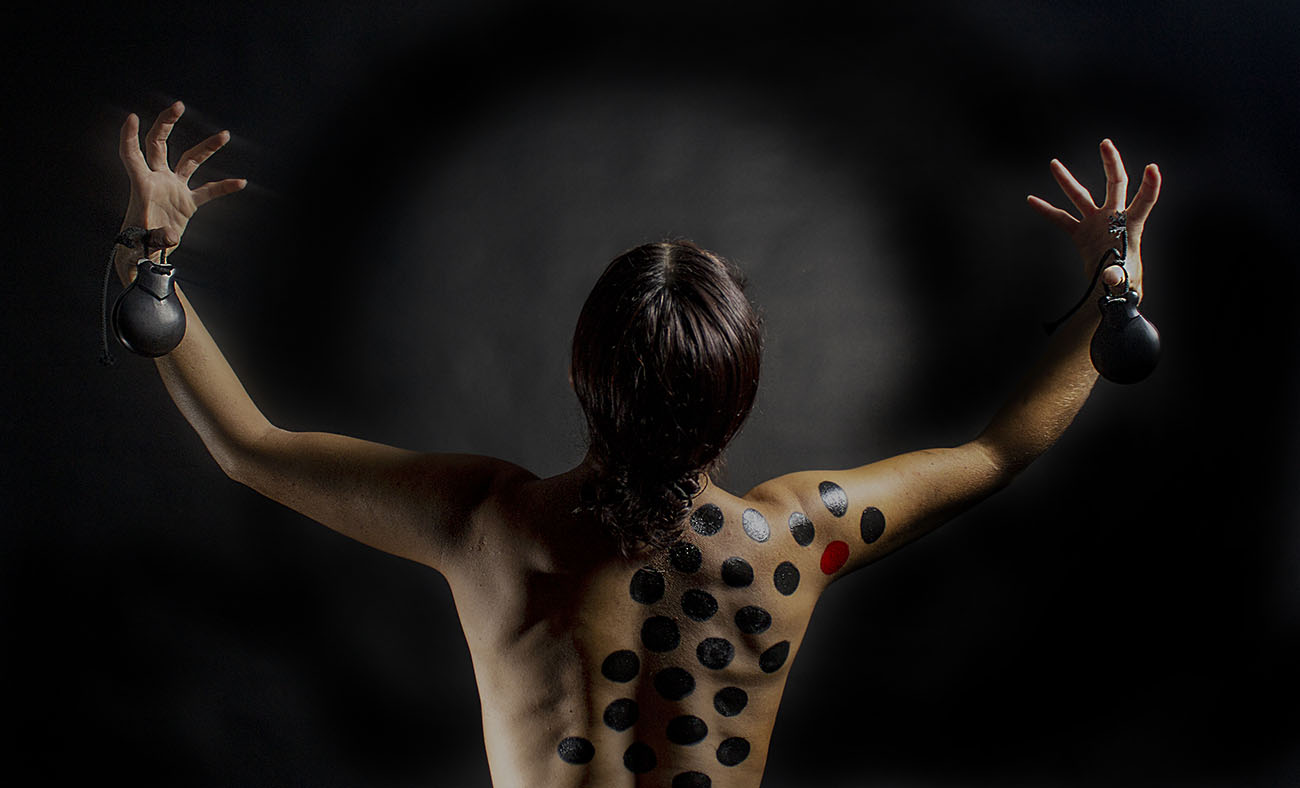
The dancer from Cordoba Carmen Mesa. Promotional photo from the documentary ‘Pa’trás ni pa’ tomar impulso’
– Is flamenco teaching sufficiently recognised on a global level? Is it better abroad than here in Spain?
– I think that flamenco teaching is recognised. For those who are interested in developing in this field, it is very important that they value the teaching in order to continue to grow. There are countries where there is more interest than others, and places where the interest is there but there are no teachers. I think it is essential to know about the origin of flamenco in order to have more resources. The most important thing is, wherever you are, be faithful to your beginnings and teachings.
“In Argentina there is a lot of love and respect for flamenco. Thera are many Argentinian flamenco artists have a strong grasp of how to defend this great art, taking it to their home and making it their own”
– How did the idea of recording the documentary Pa’trás ni pa’ tomar impulso come about?
– I had been researching and dreaming about making a documentary for a long time. I was writing for many years, and it was always something I did alongside my work. A great friend of mine from Seville, Lola López, came to visit me. Marta Esteban (producer of Imposible Films) came with her and when I told her about my project, she was enthusiastic about the idea. The team was created, with Lupe Pérez as director, and the entire group, as much Argentinian as it was Spanish, embarked on this wonderful adventure. It is a dream come true and I will be eternally grateful for so much love and professionalism.
– The film will close the Jerez Film Festival on June 26. Do you feel proud of the response that the film has received?
– Yes, the truth is that I am very grateful and pleased with this incredible project. After winning at the Seville European Film Festival in the New Waves section, receiving eight nominations at the Goya Awards, being featured at the Edinburgh IberoDocs Film Festival and now at the Jerez Film Festival, the joy I feel is very special. People who go to see the film really like it!
– Share with us your vision for flamenco art in Argentina. Is there a lot of interest? Do people understand it? Is there a lot of money to be made?
– In Argentina there is a lot of love for flamenco in almost all cities. There are places where it is more well-known, either because many Argentinians travel to Spain for training and education, or because they really make the most of the situation when a teacher arrives from abroad. There are many schools and, fortunately, the training is constantly becoming better and better. To live off art alone, you have to work a huge amount, and it is possible that the professionals focus more on the classes in their schools than actually performing themselves.
“Being the artistic director of the Fundación Voces Argentina has meant an artistic and, above all, human growth for me that I cannot ignore. I feel like this is my path”
– What has surprised you the most about Argentine flamencos?
– The desire they have and the effort they make to understand this art form right from its foundations. Over in Buenos Aires you see flamenco artists who could be either Spanish or Argentinian, it’s impossible to tell. That’s the thing about flamenco, it’s universal. Anyone who knows how to take on and understand its essence can do it. Argentinians love our culture very much; we have the same blood running through our veins as this great nation.”. They have the desire to learn and part of the flamenco’s origins in their DNA.
– And what does flamenco need to be able to establish itself even more in Latin America?
– It needs more publicity and for those who love this art form to honour it wherever they are,” she says.
-
An honorary title given in Andalusia


